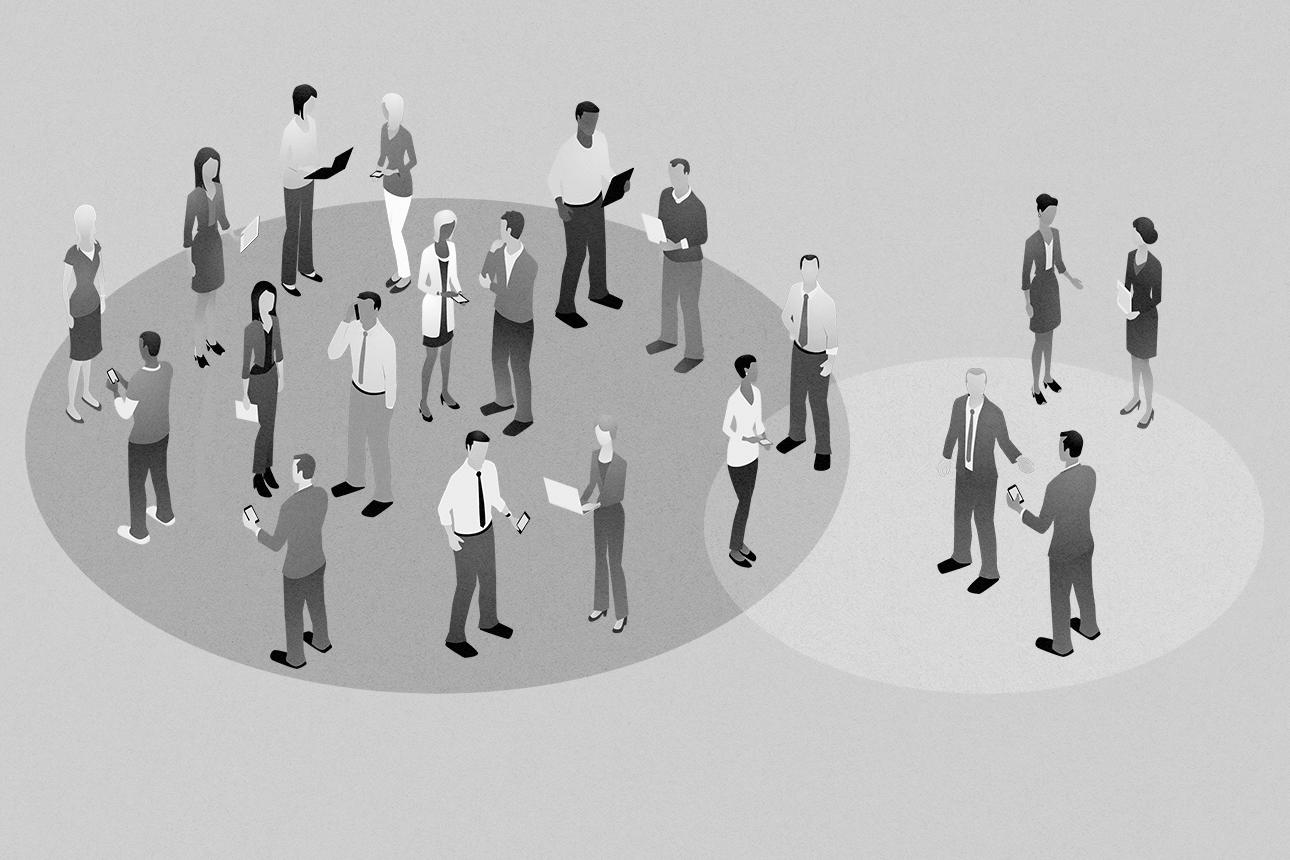Human resources needs to rethink its role as an agent of management and become a passionate advocate for employees and their interests.
Carolyn Geason-Beissel/MIT SMR | Getty Images
For the human resources profession, this has been the best of times and the worst of times. Early in 2020, as the realities of the pandemic set in, all the big issues were HR issues and the function was challenged and valued as never before. Four years later, HR is asked to return to its traditional role of bridging between what business leaders insist on and what will keep the workforce at least partly happy. Some employees have been forced back to the office, against their wishes, and the only reason we’re no longer talking about quiet quitting is that we’re too busy grappling with the latest rounds of layoffs. So as we embark on the next era of work, the time is ripe for a rethink of HR.
To understand what the contours of a new concept might be, let’s tease apart the various interests at play inside a company. Imagine a Venn diagram consisting of two circles. The first circle represents the interests of a particular business. We’re quite familiar with the sorts of things it contains: Gain market share. Create better products. Invest in new opportunities. Drive efficiencies. Optimize the organization. The people-related things in this first circle include ensuring that the workforce has the right skills, or managing labor costs, or building a roster of strong leaders. These are all, obviously, necessary parts of running a business, especially one of any size, and they’re all perfectly good things. But they are not the only things, either.
Email Updates on the Future of Work
Monthly research-based updates on what the future of work means for your workplace, teams, and culture.
Please enter a valid email address
Thank you for signing up
So let’s consider the second circle. This circle represents not the interests of the business, as the first one does, but rather the interests of the people working there. It contains some things that are extrinsic — getting paid a fair wage, getting promoted — and many more things that are intrinsic — doing work that makes a difference, belonging to a supportive team, doing work that’s interesting and challenging at the same time, getting better at something, and so on. The second circle contains all the things that make a job worthwhile for the person doing it.
Now, the first important point to make is that our two circles do not perfectly line up with each other.
Acknowledgments
This article is excerpted from The Problem With Change: And the Essential Nature of Human Performance, by Ashley Goodall, published by Little, Brown Spark. Copyright © 2024 Ashley Goodall. Used by arrangement with the publisher. All rights reserved.
“The MIT Sloan Management Review is a research-based magazine and digital platform for business executives published at the MIT Sloan School of Management.”
Please visit the firm link to site






